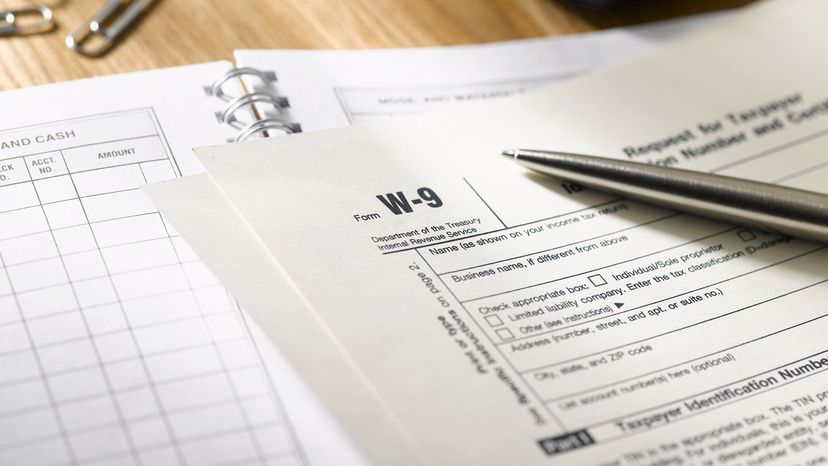
You might be on your last dollar, but it's not always a reason to sing the blues. In fact, in the strange world of the U.S. tax code, your last dollar could actually bump you up into a higher tax bracket. Put on your shades, grab your guitar, and read on to understand why.
A tax bracket is a range of incomes taxed at a specific rate. Tax brackets are components of a progressive income tax system, in which taxes increase progressively as your income increases. The idea is that high-income taxpayers can shoulder the burden of a high tax rate. Low-income taxpayers pay less because they can't afford to pay high taxes.
Advertisement
For example, there are seven tax brackets in the current U.S. tax code. The 2017 Tax Cuts and Jobs Act lowered the rates for five of them for the upcoming tax years. The rates for 2021 (2020 tax year) are as follows:
- 10 percent
- 12 percent
- 22 percent
- 24 percent
- 32 percent
- 35 percent
- 37 percent
The Tax Cuts and Jobs Act also lowered the taxable income range for each 2020 bracket. This is good news for a lot of taxpayers because they will fall into a lower bracket on their 2020 returns. The new taxable income for a single person filing his or her 2020 return will be broken down as follows:
- 10 percent on income up to $9,875
- 12 percent on income between $9,876 and $40,125
- 22 percent on income between $40,126 and $85,525
- 24 percent on income between $85,526 and $163,300
- 32 percent on income between $163,301 and $207,350
- 35 percent on income between $207,351 to $518,400
- 37 percent on any remaining income over $518,400
Your tax bracket and your marginal tax rate are similar but not exactly the same thing. A marginal tax rate is the tax paid on an additional dollar of income. Those earning the lowest income are in the lowest marginal tax rate bracket, while high earners are in the highest marginal rate tax bracket. However, the marginal tax bracket in which an individual falls does not determine how the entire income is taxed [source: Investopedia].
If you earned $70,000 and are filing as a single person for instance, you'd be in the 22 percent tax bracket but your income will be taxed at three separate marginal tax rates. You'll see an example of this later in this article. You'll also find out how to find your U.S. tax bracket and learn a little about the history of tax brackets in the United States.
Advertisement
